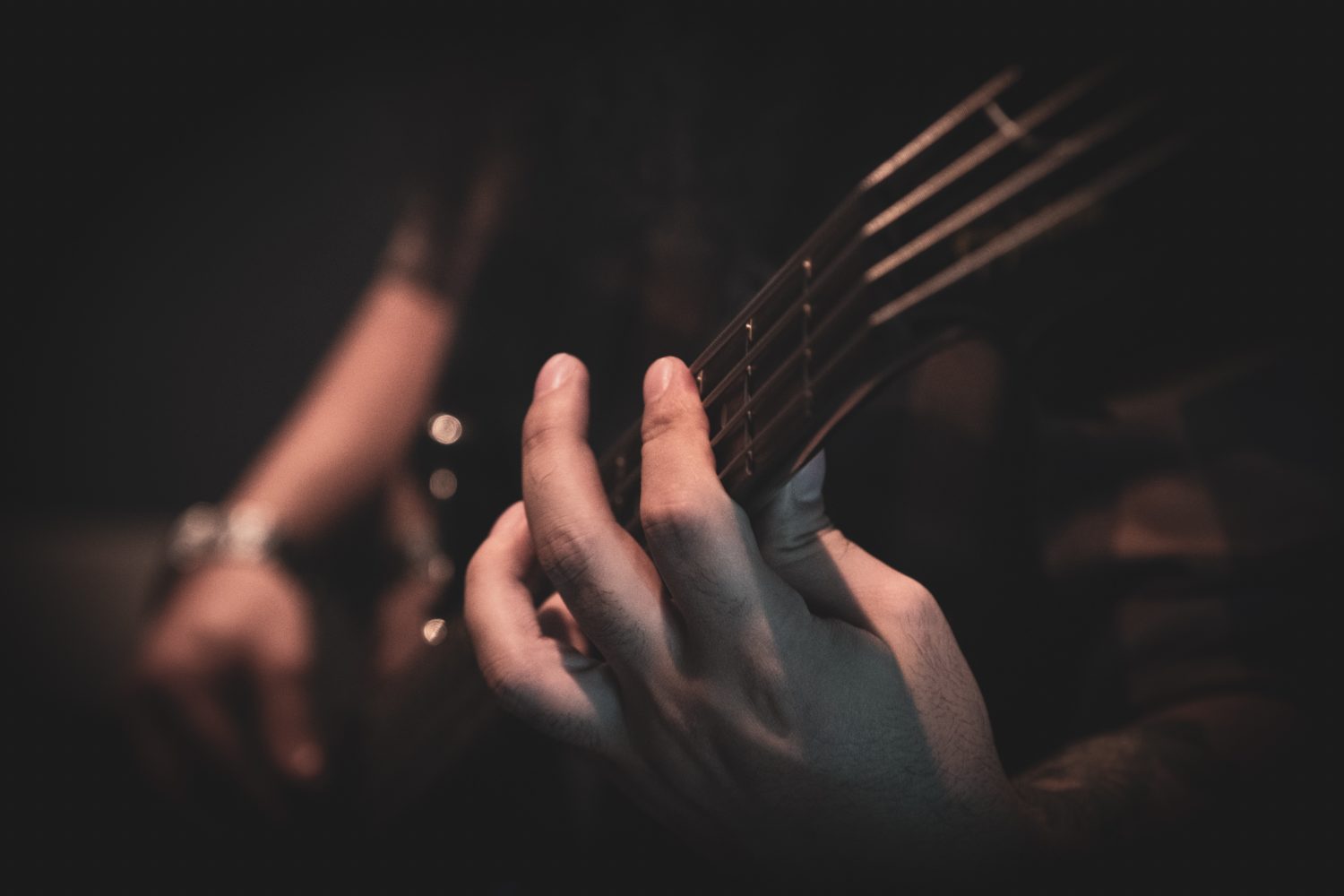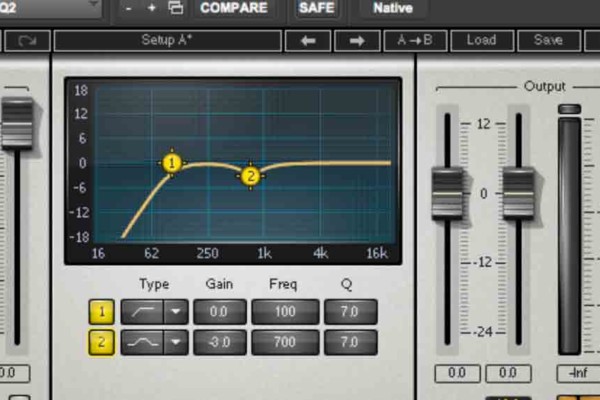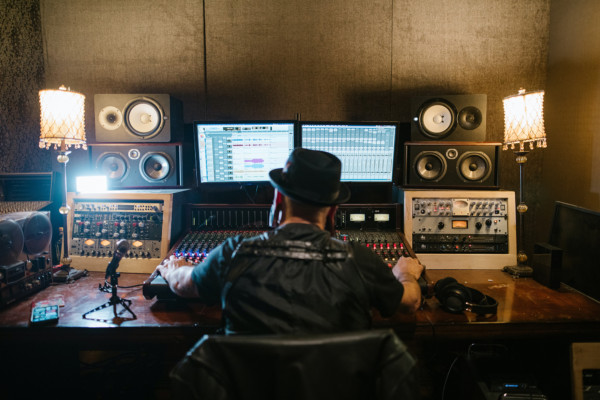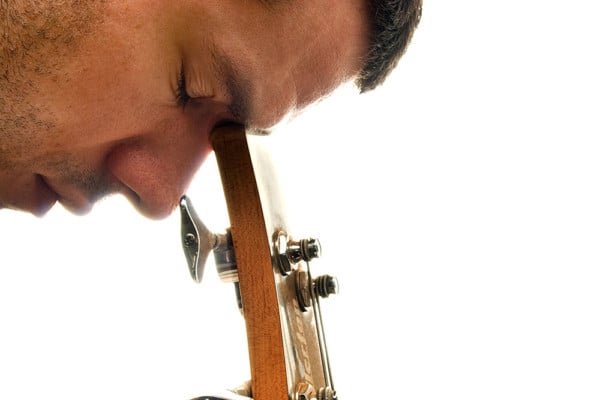Recording Bass: DI vs. Microphone (Or Combo)

There is a long-lasting debate on whether you should record your bass tracks with a DI or a microphone. What are the pros to using the DI? Do you have a great old Ampeg that you want the sound of? In that case, a microphone would be needed. Or should you take a combination approach? I’ll tell you the pros and cons of each for me, as well as how I go about tracking bass.
Why Use a DI?
Here are the two main benefits of using a high-quality DI:
1. You get a clean bass track.
This will allow you to re-mic a bass cabinet later if needed. Or if you like to put distortion plugins on your track, this would allow you to do so.
2. Frequency Responses are usually lower than microphones.
When you’re looking for deep bass, it’s usually the case a high-quality DI will have a lower frequency response than a microphone. For instance, I always use the Manley Tube Direct DI. The Manley has a frequency response down to 12Hz. While your most common bass microphones don’t go that low.
- AKG D112 – 20Hz
- EV RE20 – 45Hz
- Shure 52 – 20Hz
Why Use a Microphone on an Amplifier?
1. Get some character
There is no question or argument from me that DI’s sound bland. There is nothing like an old Ampeg or even an SVT’s classic distortion. You just don’t get that with a DI.
2. More Body on the High End
I’ve noticed that DI’s high end tends to be tinny. When you put an amp in there, you get a more sustained high end. Which is usually what you’re looking for.
So How Do I Use Both of These To My Advantage?
I track with both of them! I have the bass go directly into the DI. After that, the signal comes out of the DI into the amp. I then mic the amp. As mentioned above, I always use a Manley Tube DI. I will also use an AKG D112 mostly on the amplifier. Although, I have used RE20’s before.
The main issue you’ll run into is a phase problem though. When you run two sources like that, you’re going to run into a phase problem. This is usually caused in the low end. The first thing I do before we even start tracking is to put a high pass filter on the microphone/amp track at 45Hz. This will correct a lot of your phase issues from the start. Now you are letting the DI take control of the low end. You will have an in phase bass now, with a clearer bottom.
Once the tracks are into Pro Tools (or any other software) I will look at the phase again. Usually, I will bump the microphone track a few milliseconds to align better with the DI track. This will help your phase also.
Now that you have two great bass tracks, in phase, you can dictate how you’d like to use them. Personally, I use the DI track as the main track and then blend in my amplifier/microphone track until it gives me the character and appropriate distortion I’m looking for. If I’m still not getting the distortion I’d like for that song, then I’ll add a plugin such as SansAmp to give me the last amount of edge I’m looking for.




Good info. These are useful tips, enjoy the learning and will use them.
“Frequency Responses are usually lower than microphones.” – yes, but all of the listed mics except for the EV go well below even a low “B”. Unless you’re counting string flop as “deep bass”. The RE20 is of course usually considered a vocal mic, so no surprises.
Good article otherwise. There are killer DIs *with* character as well, so both of both worlds. The Reddi and Avalon U5 come to mind. As well as your Manley (imparting tube character).